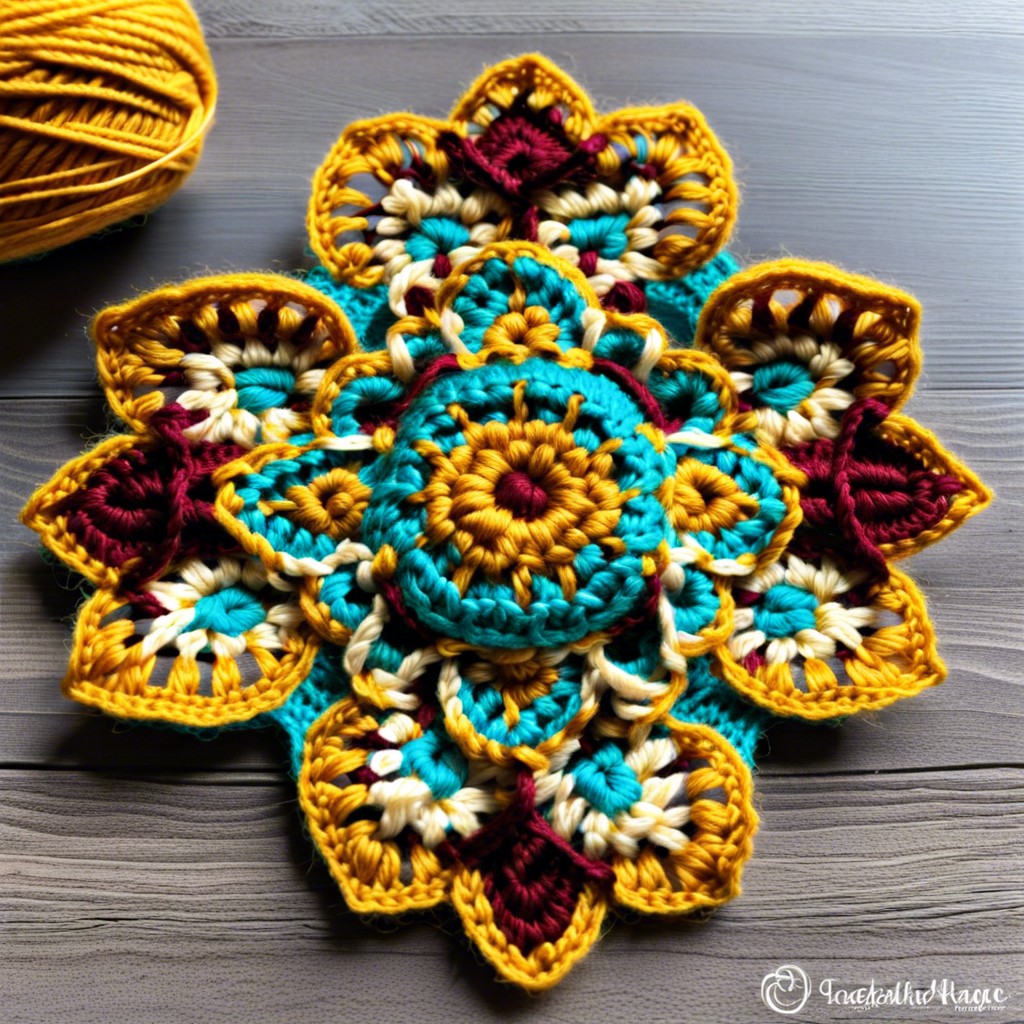Discover the key differences between crochet and knitting to determine which yarn craft suits your style and project needs.
Key takeaways:
- Crochet uses a single hook, knitting uses two needles.
- Crocheted items are thicker and more textured, knitted items are smoother and more uniform.
- Crochet is more versatile for intricate designs, knitting allows for more fabric textures.
- Crochet often uses thicker yarns, knitting can use various yarn weights.
- Both crafts offer creative freedom in choosing yarn fibers, colors, and textures.
What Is Crochet?

Crochet is a craft that uses a single hook to create fabric by interlocking loops of yarn. It’s like creating a chain of linked loops that form various patterns. With crochet, you can make items like blankets, scarves, hats, and even intricate doilies. By mastering a few basic stitches like chain stitch, single crochet, double crochet, and treble crochet, you can create endless projects. Crochet is known for its versatility and ability to create both tight and lacy designs. It’s a fun and portable craft that allows you to explore your creativity with just a hook and some yarn.
What Is Knitting?
Knitting involves creating fabric by interlocking loops of yarn using knitting needles. With knitting, you typically work with multiple stitches at once on your needles. Knitting is known for its versatility, allowing for intricate patterns and designs to be created on the fabric. There are various types of knitting techniques, such as garter stitch, stockinette stitch, and ribbing, each resulting in different textures and appearances in the final piece. Knitters can use a wide range of yarn materials, including wool, cotton, and acrylic, to achieve different looks and feels in their projects.
Key Differences Between Crochet and Knit
Diving into the key differences between crochet and knit, one major distinction is in the technique. Crochet uses one hook to create stitches, while knitting involves two needles. This fundamental difference affects how the stitches are formed and the overall look of the finished project. Additionally, the tools and materials used in crochet differ from those in knitting. Crochet hooks have a characteristic hook at one end, allowing for easier yarn manipulation, while knitting needles are straight or circular with pointed ends to help pick up and loop yarn through stitches. Lastly, the texture and appearance of crocheted items tend to be thicker and more textured due to the single hook and the way stitches are structured, whereas knitted items often have a smoother, more uniform appearance because of the two needle technique.
Differences in Technique
When it comes to technique, crochet involves using one hook to create stitches that form a fabric. In contrast, knitting requires two needles to manipulate yarn into stitches. The process of crocheting involves working in rounds or rows, while knitting typically involves working in rows across multiple stitches on a needle. These distinct techniques result in different appearances and textures in the final projects. So, whether you prefer the ease of crochet’s one-hook method or the traditional two-needle approach of knitting, there’s a craft for everyone!
Differences in Tools and Materials
- In crochet, you typically use a single hook, often with a comfortable handle, to work your stitches. This hook allows you to create various stitch designs easily.
- In knitting, you use two needles that can vary in length and material. The needles hold the stitches as you create fabric, with techniques like casting on, knitting, and purling.
- When it comes to materials, crochet often uses thicker yarns, such as chunky or bulky weight, making it great for quick projects like hats and scarves.
- Knitting can use a wide range of yarn weights, from delicate lace yarn to super bulky, offering versatility in creating different fabric textures and drape.
- Both crafts allow for creativity in choosing yarn fibers, colors, and textures, so you can truly make each project your own with a personal touch.
